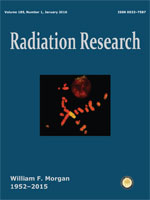COMMENTARY (1)
REGULAR ARTICLES (11)
IN MEMORIAM (1)

No abstract available
No abstract available
